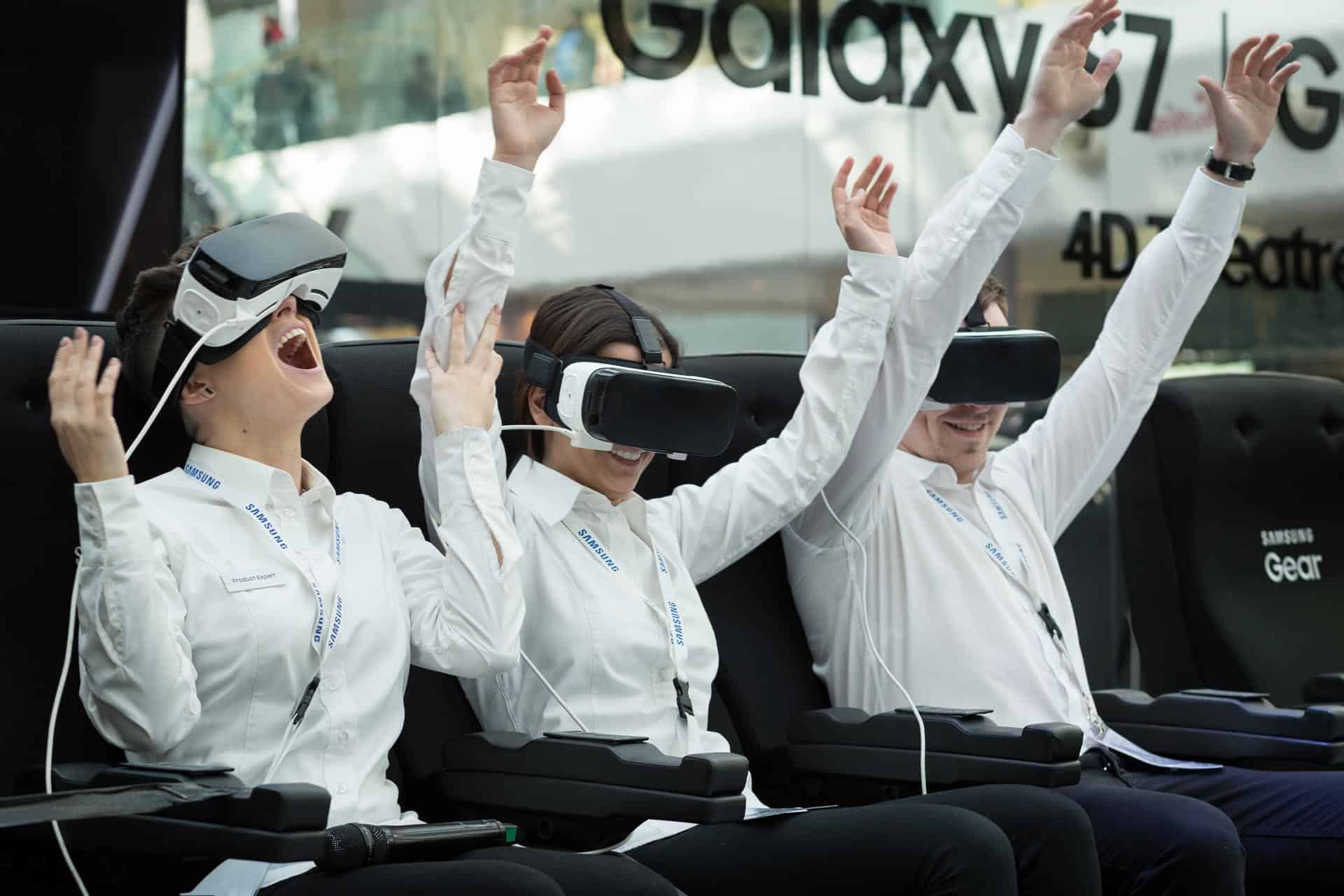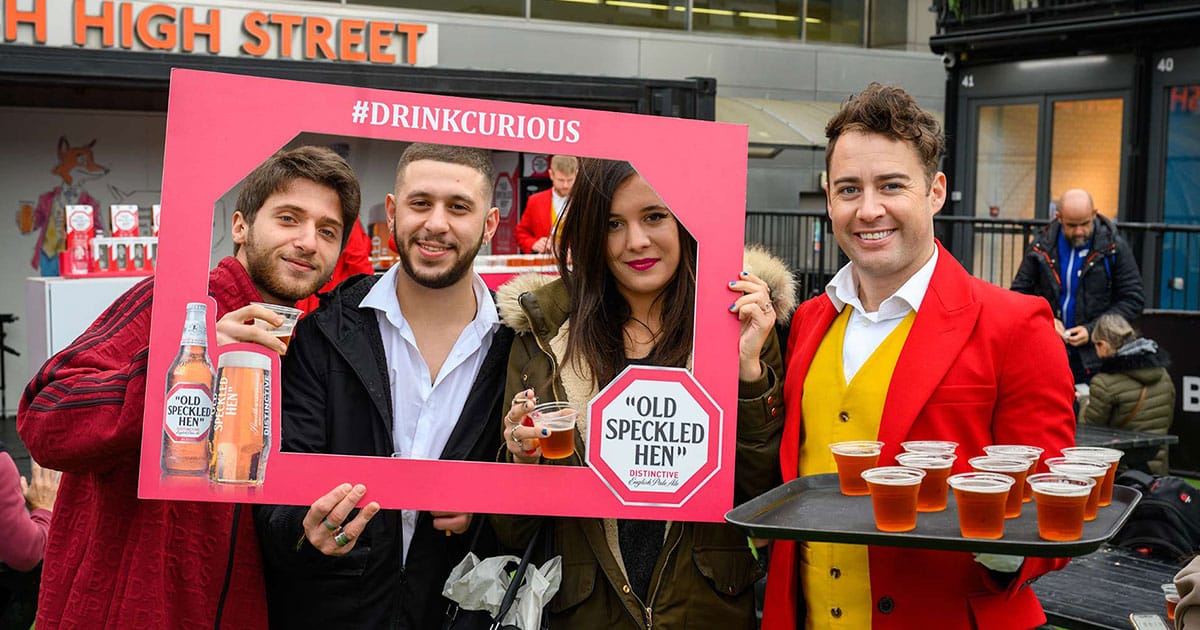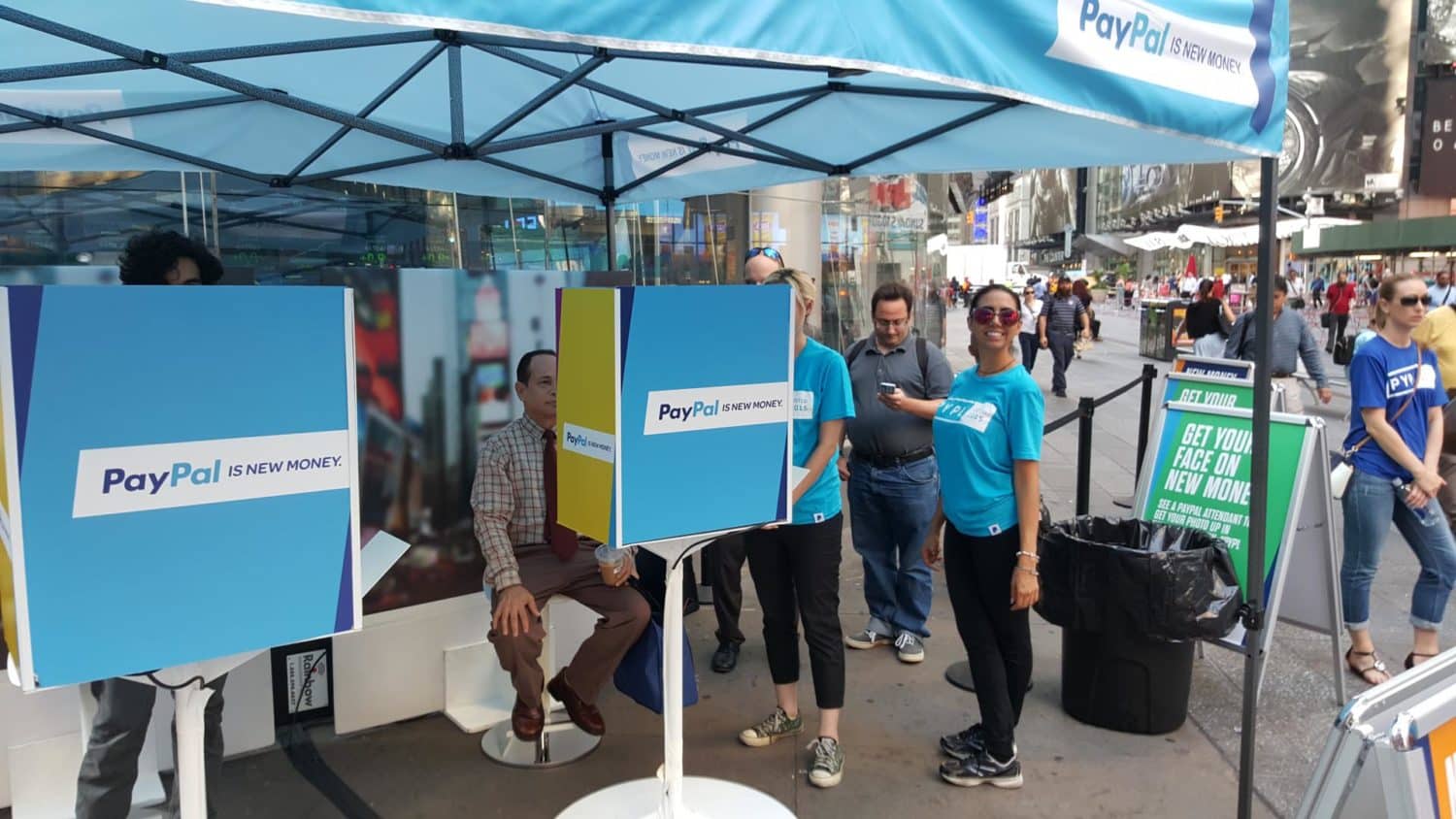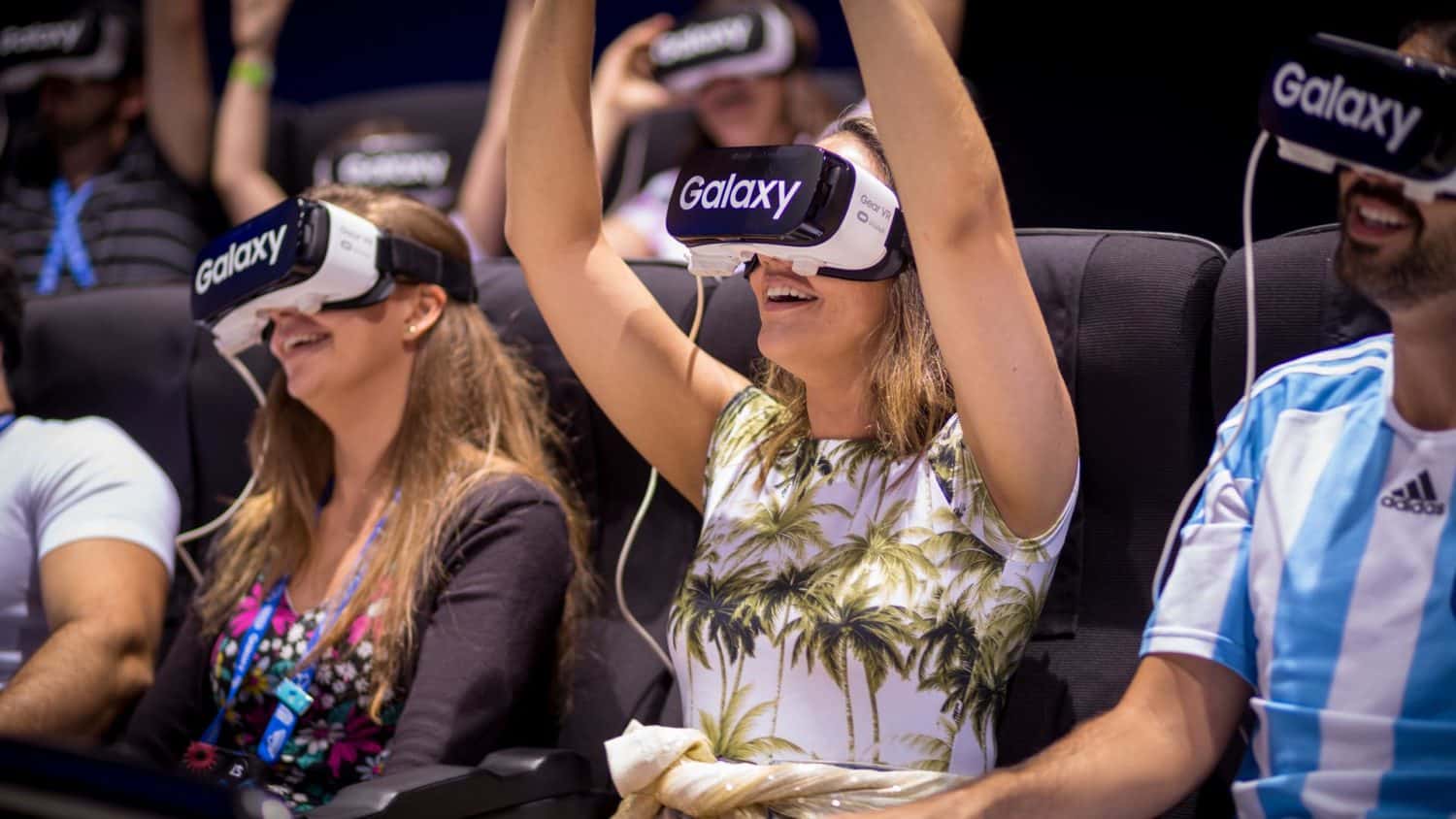Strategies for a successful sensory marketing campaign
January 2021

January 2021

Sensory marketing is the use of techniques that reach your consumer’s senses and influences their behaviour based on how your brand has made them feel.
As we are sure you are aware, the five senses are smell, touch, taste, hearing, and sight. Therefore, sensory marketing is simply the process of winning the attention and trust of your consumers by appealing to each of these five senses.
Today, outstanding marketing is all about the consumer experience. This is just as accurate for something like product creation as it is for something like website design. If the user is not enjoying themselves, nothing else matters, does it?
It is this notion that makes sensory marketing such a success when done correctly, and thus enhancing the consumer journey. It provides a complete customer experience, and so it stands out as a unique and interactive way to capture the attention of your audience. One of the biggest errors brands can make when marketing today is only catering to one sense at a time.
Now that you know what sensory marketing is and why it is so effective, we’re going to take you through the steps to follow to ensure your campaign is a successful one:

There is only one place to begin, and this is with understanding your target consumer base. This may sound obvious, but it is easy to get wrapped up in trying to create something exciting while forgetting who you’re creating it for. To avoid this happening to you, you should always begin by taking the time to do some research and understand your target audience.
Develop user personas that your campaign will aim to impress. This will then help you to make the right decisions going forward, as you will be able to base your decisions on the persona you have created.
Figuring out the correct venue for mounting your campaign, for example, is an important decision you can make at this stage. It does not matter how beautifully-designed your experiential marketing campaign is, it will fail if you do not carefully consider the surroundings in which your consumers are going to interact with it.

Once you have spent some time putting together a target persona, you need to concentrate on your campaign message. You need to have a clear message, which aligns with your brand and can be communicated to your consumers with ease.
Your audience can feel cheated if there is any disharmony between what your campaign “feels” like and what your brand stands for. It is important that everything is in-sync.

It also makes sense to work with experts for your sensory marketing campaign. You should never take any chances when it comes to something that is going to impact how customers feel about your brand.
Here at Purity, we have many years of experience in the industry and we have worked on many experiential marketing campaigns for brands across numerous sectors. You can view some examples of our experiential marketing efforts to get a better understanding.

The most successful sensory marketing campaigns educate consumers and provide them with something useful and memorable. They change the way the consumer thinks.
A great example of this was a campaign carried out by Lean Cuisine in the US. They installed scales at Grand Central Station. However, these scales did not measure the weight of the person. Instead, the person decided what they want to be weighed on, for example, this could be an achievement at school or being a good mum.
This special campaign enabled consumers to think about what really matters to them. It was effective while making no effort to sell the brand. Users interacted with the brand without being pushed.

There is no denying that technology has changed the way that we deliver marketing experiences. This is why we recommend considering the use of Augmented Reality (AR) in your sensory marketing campaign.
AR is beneficial because it brings the advantages of an online campaign to the offline world. It will impress your audience while also enhancing your brand recall.
The interactive nature of AR is one of the main benefits, though. Your audience engages with AR. They do not simply look at it for a few seconds and then forget about it. They have a positive and happy experience with it. This causes your audience to associate the happy experience they had with your brand.

You will never be able to take strides forward if you do not know how your campaign is performing at present. This is why it is critical to determine your KPIs so that you can measure the success of your marketing campaign and determine where changes should be made.
You will generate masses of data from your experiential marketing campaign, but you need to have the right metrics in place so you can make sense of this data and use it to move your brand forward.
Contact us today to launch a sensory marketing campaign
Here at Purity, we have many years of experience when it comes to running successful sensory marketing campaigns. If you would like to find out more about our team and how we can help you, please do not hesitate to get in touch with us today.